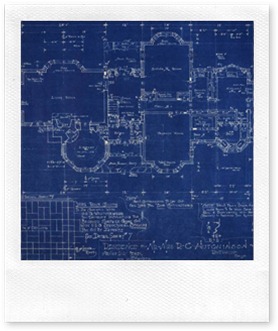If there was a single blue print for effective copywriting, I’d be out of a job and all the sales and marketing writing in the world would become predictable and boring.
The structure of persuasive copy is fluid – there isn’t a ‘one size fits all’ solution. So, if you arrived at this post hoping to receive a check-list outlining how to write persuasive copy every time, you’re out of luck.
However, persuasive copy does contain certain elements that crop-up again and again. So without further ado, here are a few pointers to get your copy off the ground.
Elements of persuasive copy
1. Focus on your reader
This is vital and yet there is a lot of copy out there that doesn’t. Your reader is only reading your copy because they think there’s something in it for them. But if you don’t tell them what that is from the outset, they’re not going to keep reading.
Make an impact by giving them an important promise immediately either in the heading or the opening paragraph. Tell them exactly what’s in it for them to get them hooked.
2. Stay focused on your reader
Just because you have them hooked doesn’t mean they’ll finish reading your copy just to please you. Every section of the remaining copy must have a central idea and purpose – don’t waffle. And don’t digress, your copy must always support the main promise you made at the outset.
3. Be specific
Your reader has a built-in BS detector so if you try to pull the wool over their eyes, they’ll spot it a mile off.
The most persuasive copy contains supporting evidence that is specific and qualified.
4. Build credibility
How can you persuade your reader your product is for them? Use statistics, external references, case studies, testimonials etc. These will all build your credibility and show your authority as well.
5. What was in it for them again?
Don’t ever let your reader lose sight of what’s in it for them. Tell them again and again. Reaffirm it with your evidence.
6. Have a stonking offer
By the time your reader has reached here they should be sold on your product. But the offer you make them is going to be key as to whether they buy or not.
7. Sum up
Just as any good Barrister would in a court of law, sum up why your reader should buy. Return to your original promise and show them how you’ve fulfilled it – just in case they missed anything.
8. Call to action
Don’t get all the way to number 7 without adding a strong CTA. By number 7 your prospect will have their hand on their wallet ready to open it. But if you forget the CTA, they’ll just put it back again.
Make it commanding – if you want them to complete an order form make sure it is simple to use. If it looks to complicated they’ll wiggle off your hook and go elsewhere.
So there you go, although there isn’t a set method of writing great copy, by incorporating these elements you’ll get your reader hooked.
Why not give it a go?







1 comment so far ↓
Great stuff!
Indeed, every reader asks the question:
What’s in this for ME?
Leave a Comment